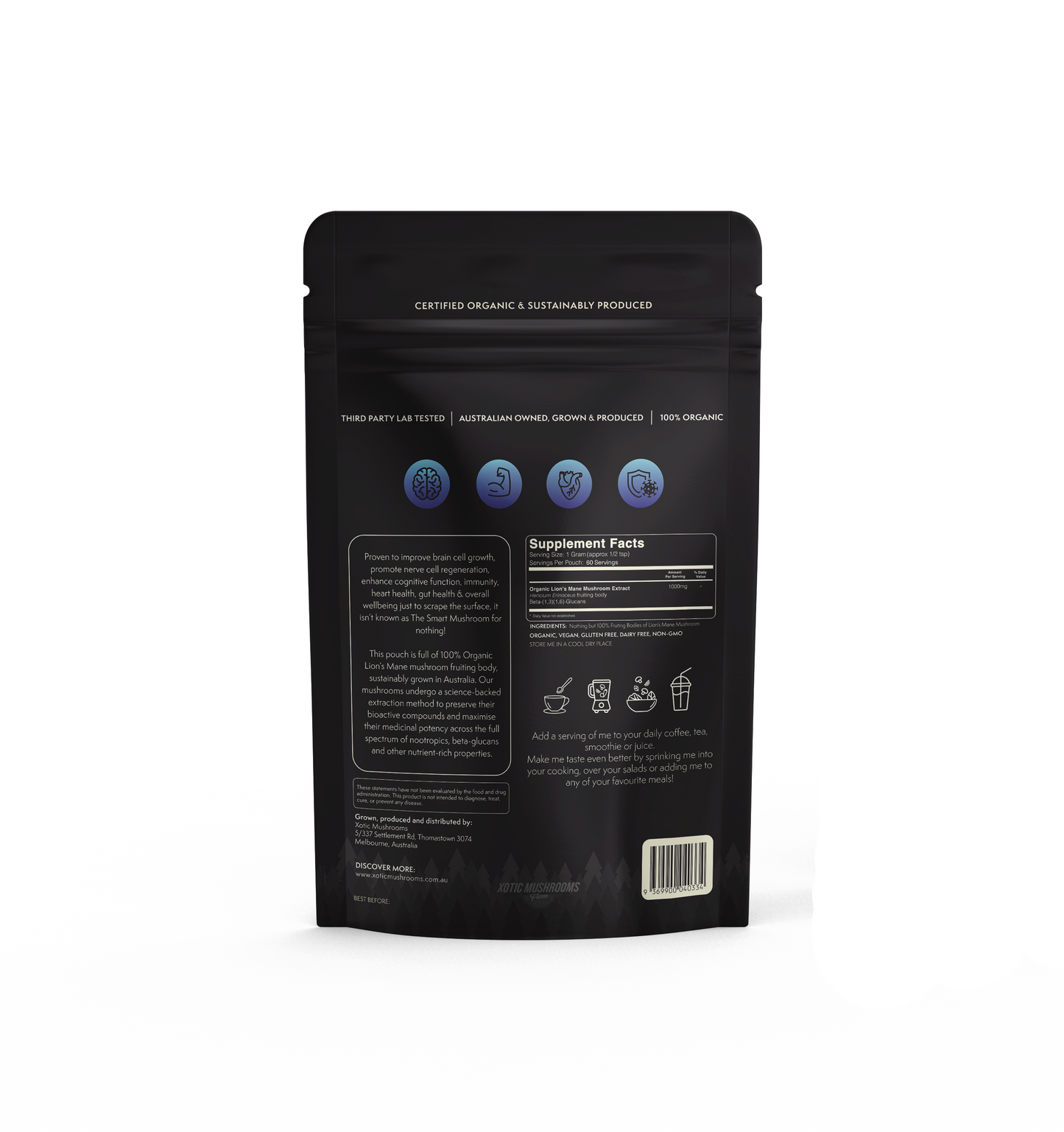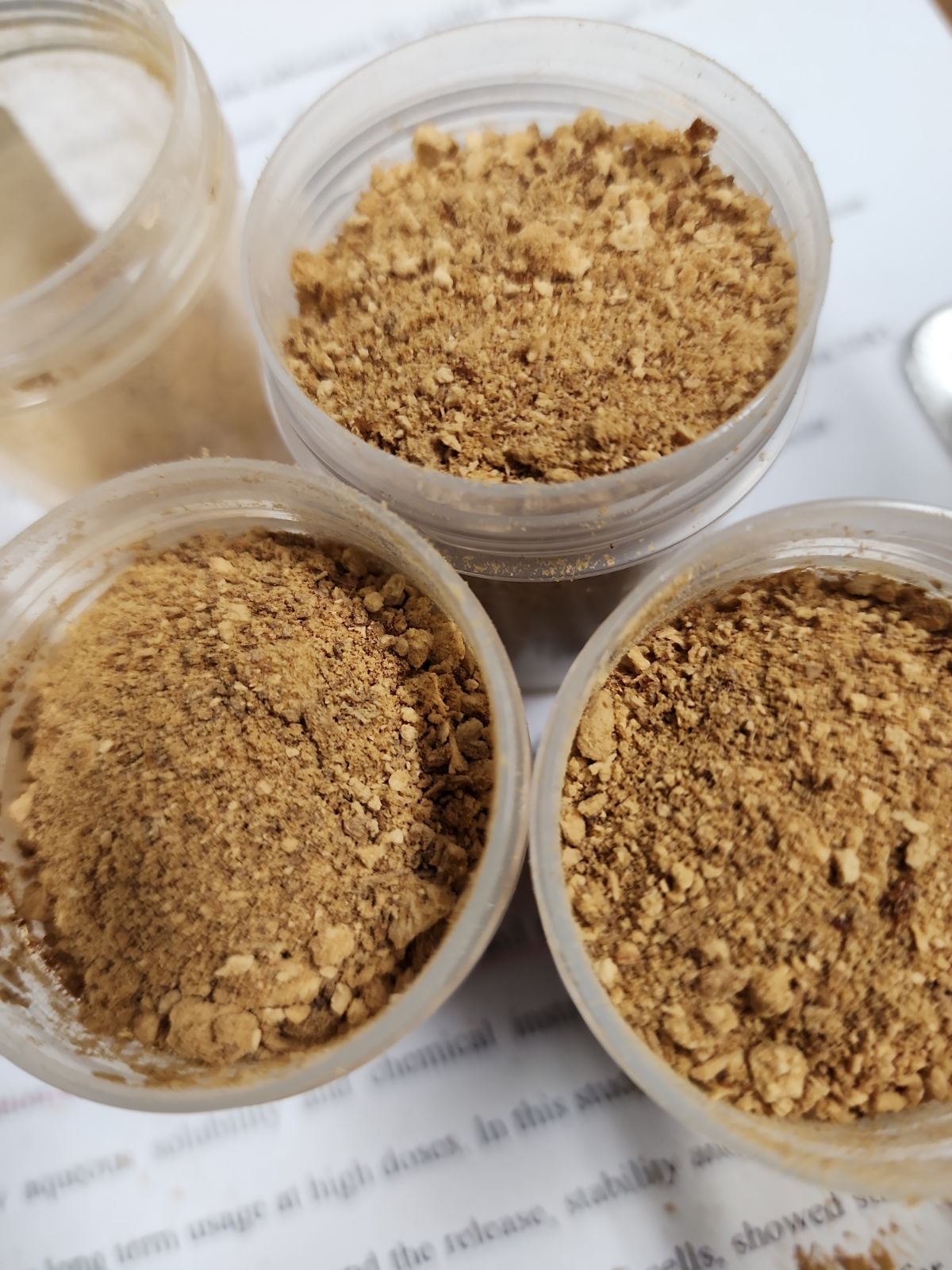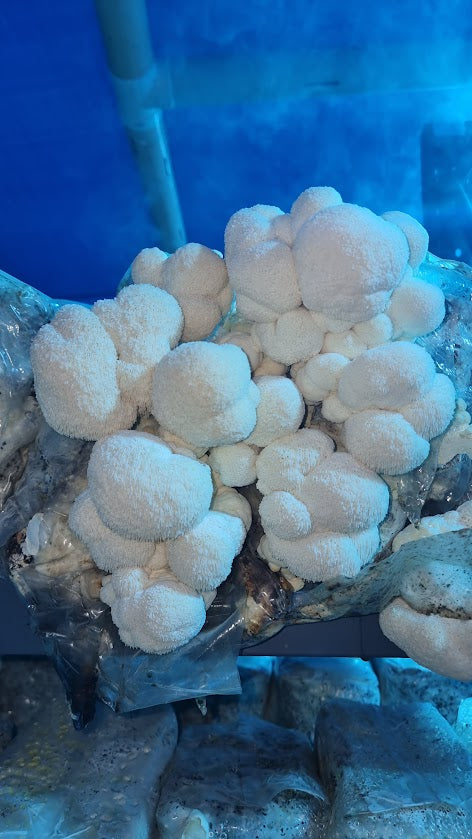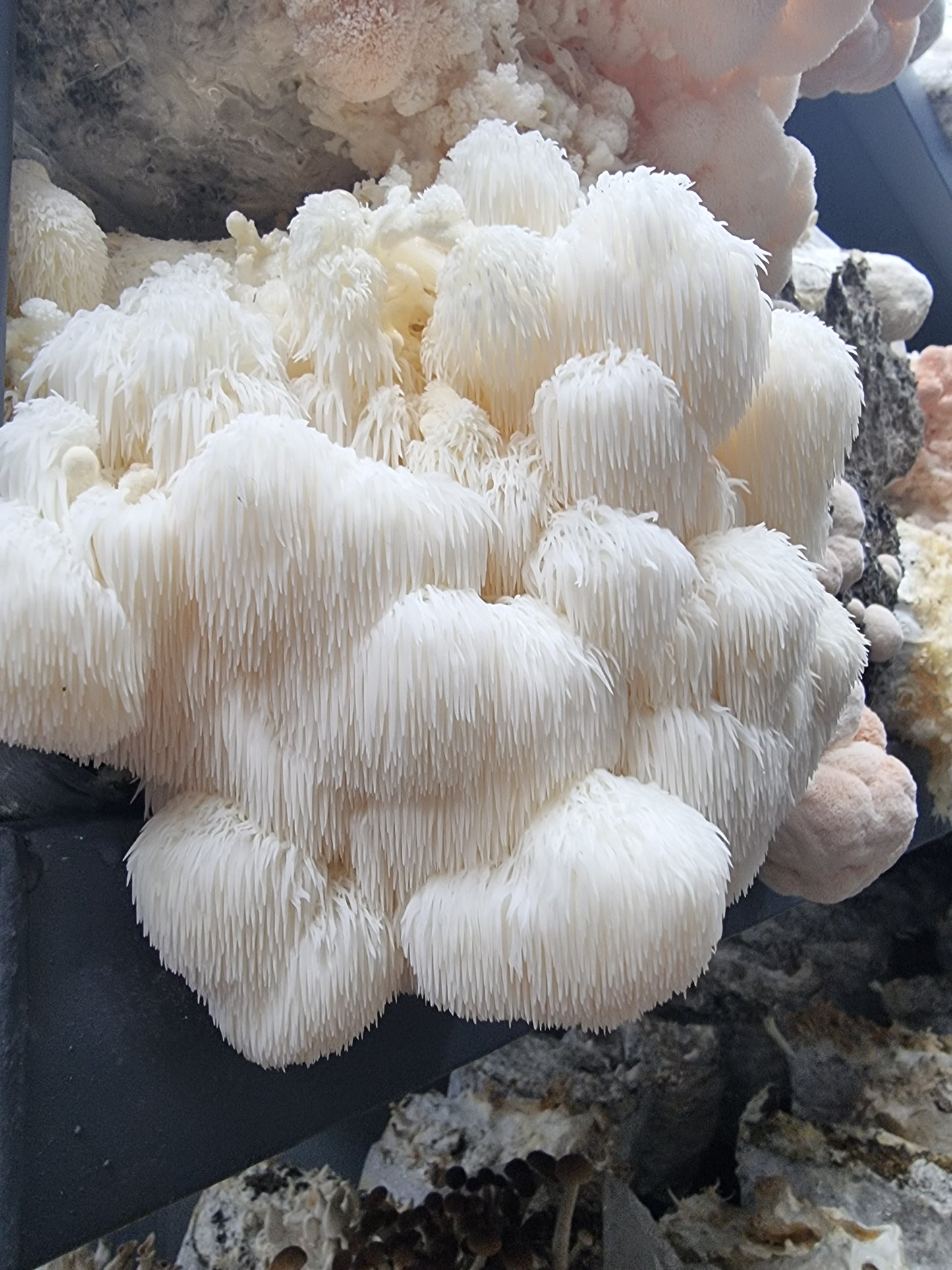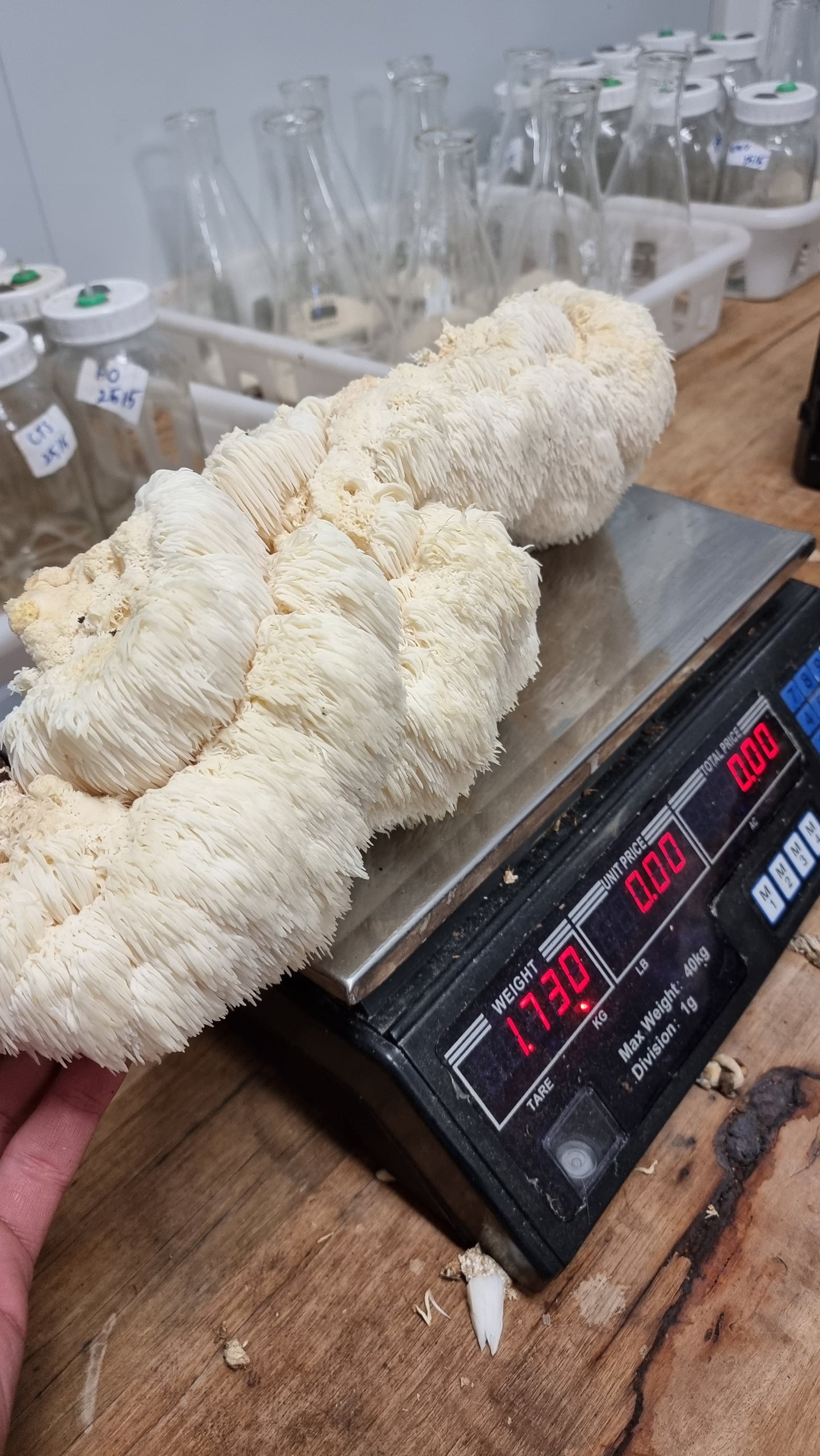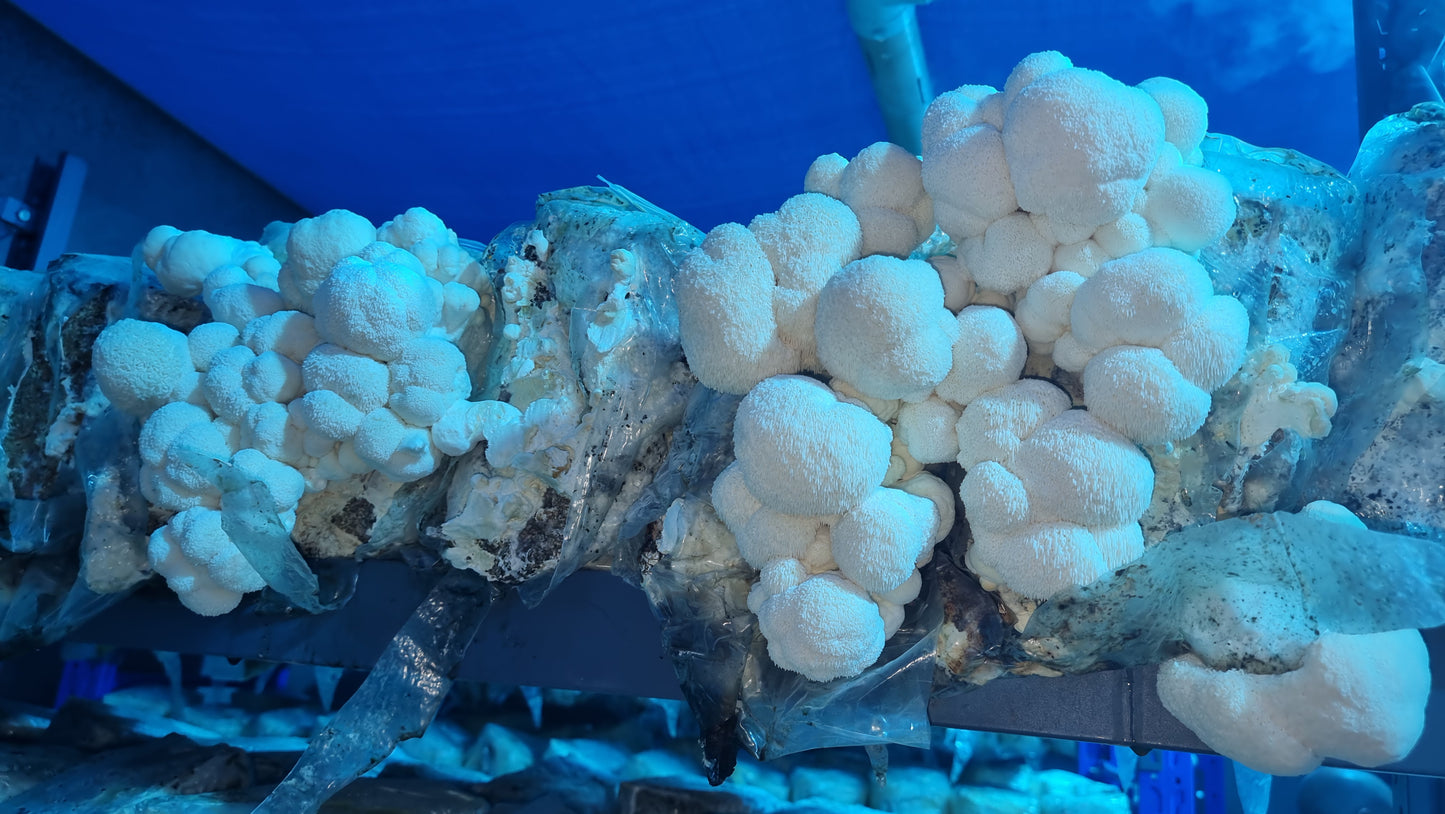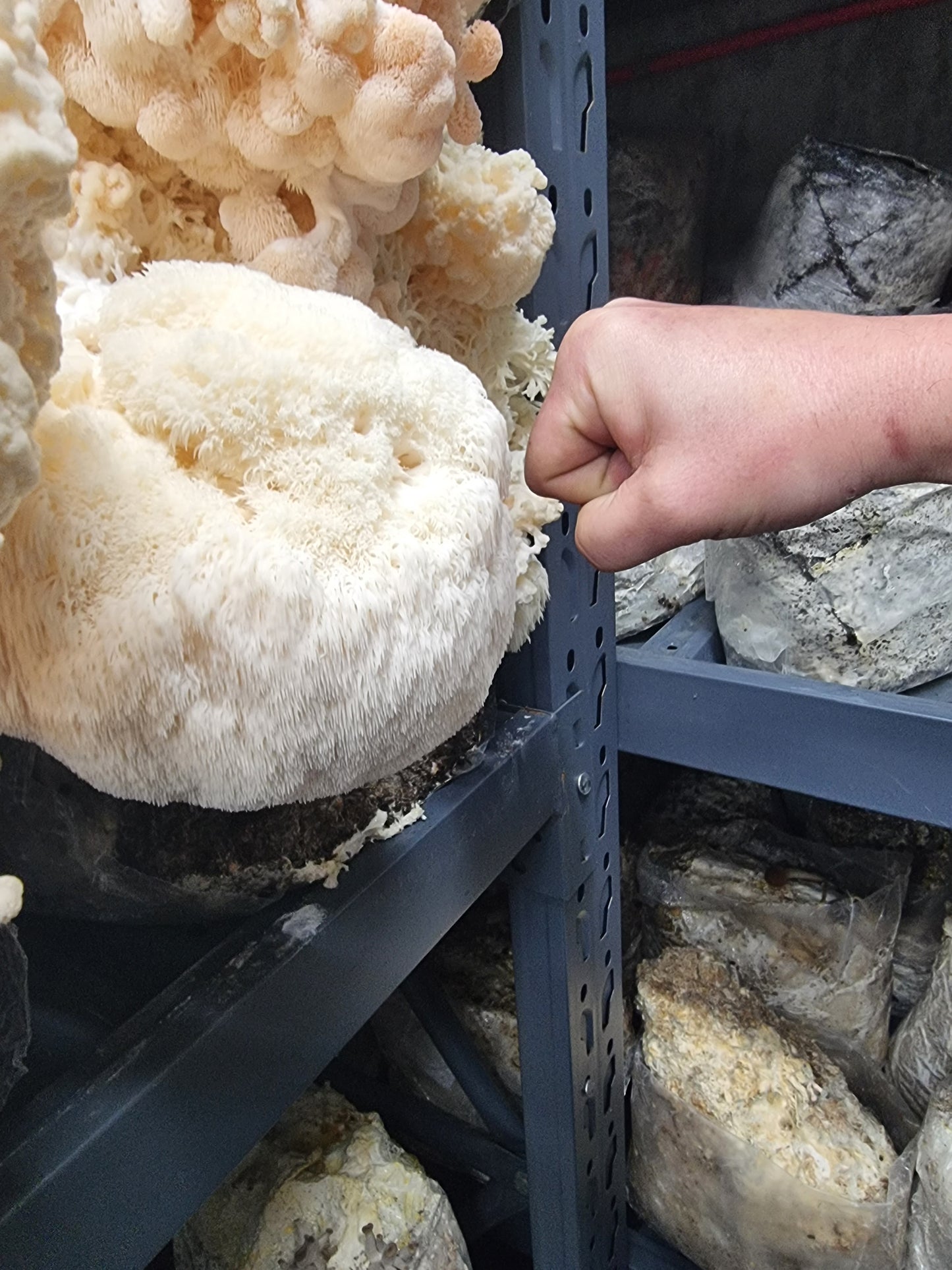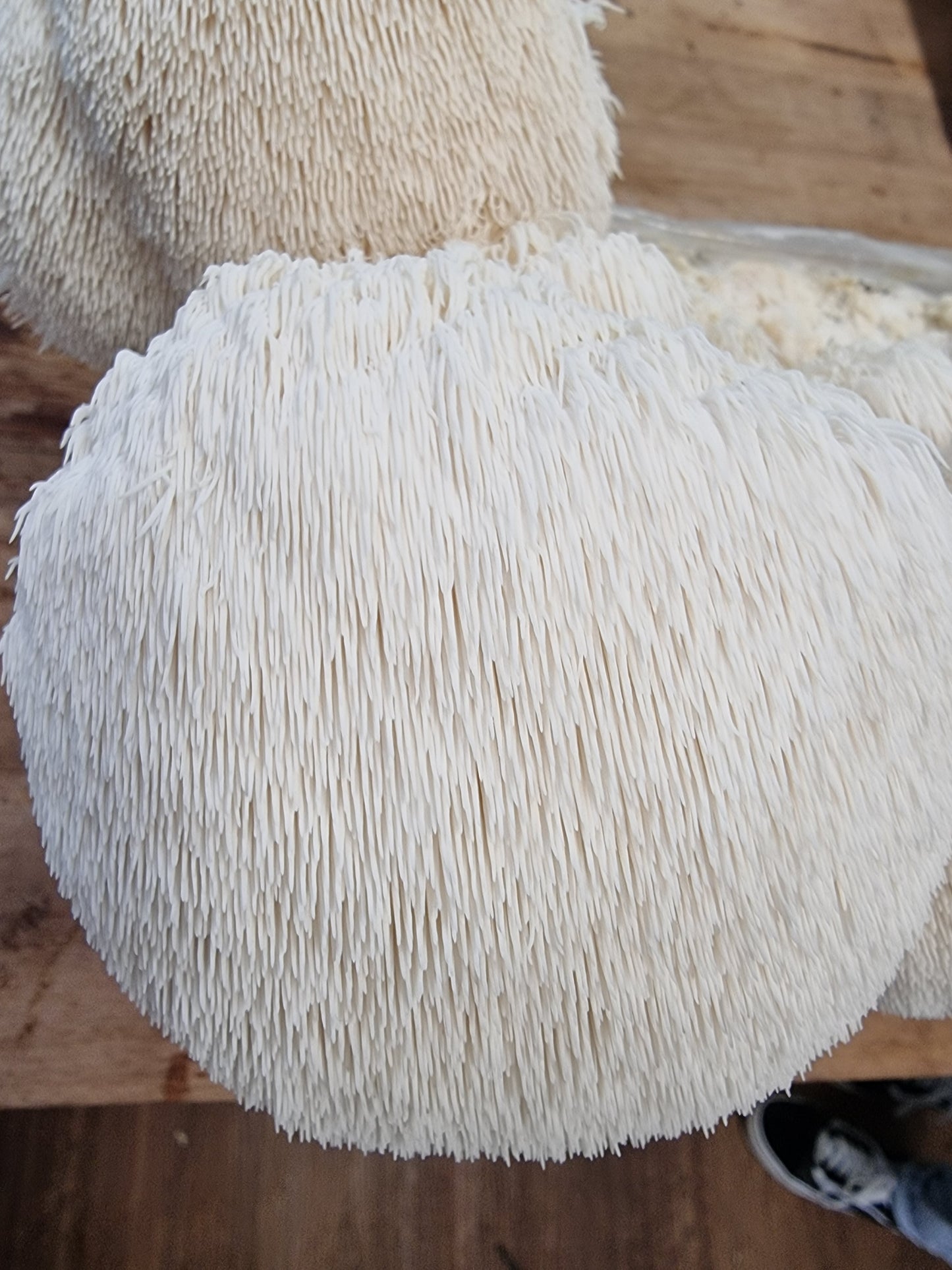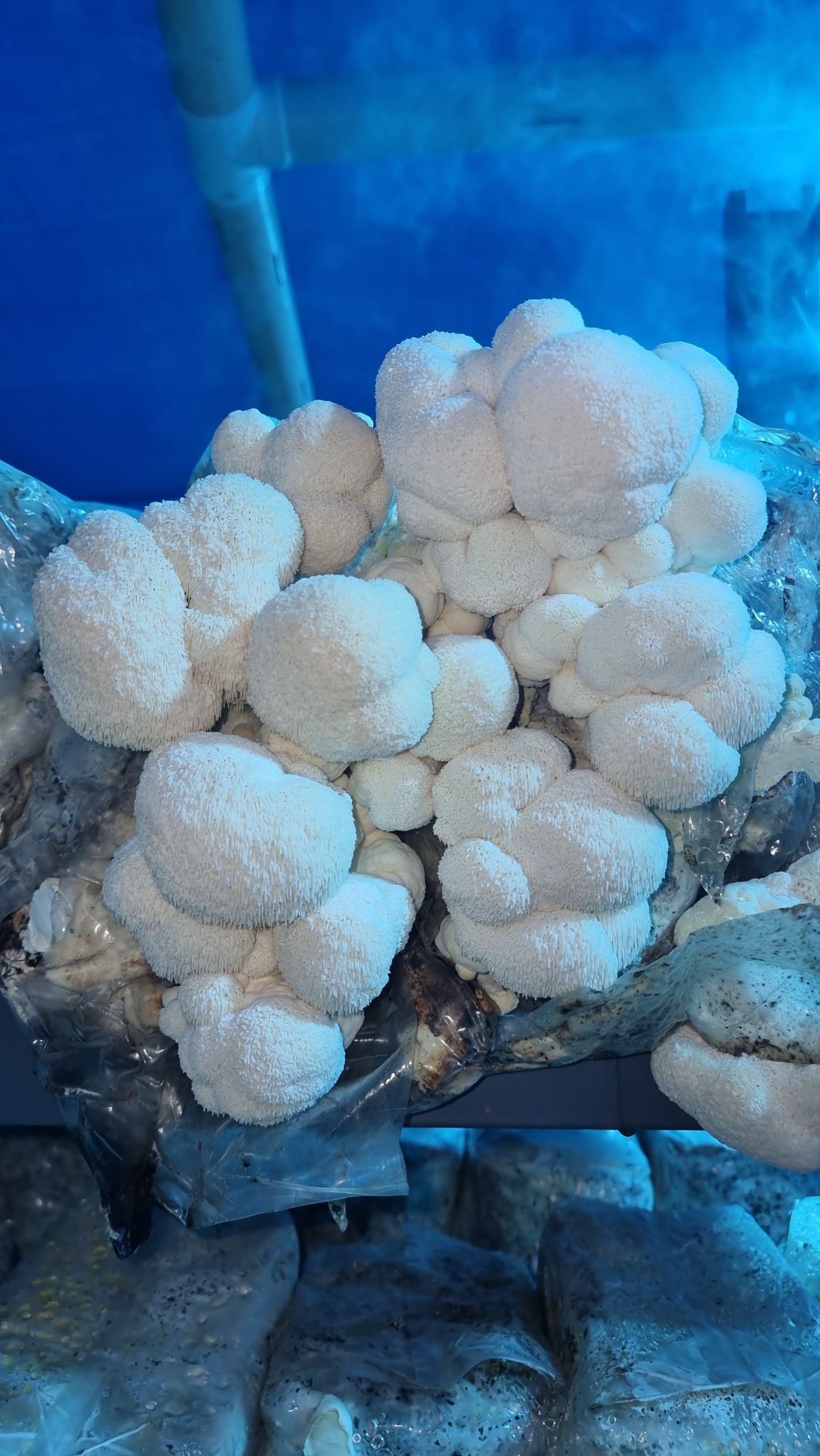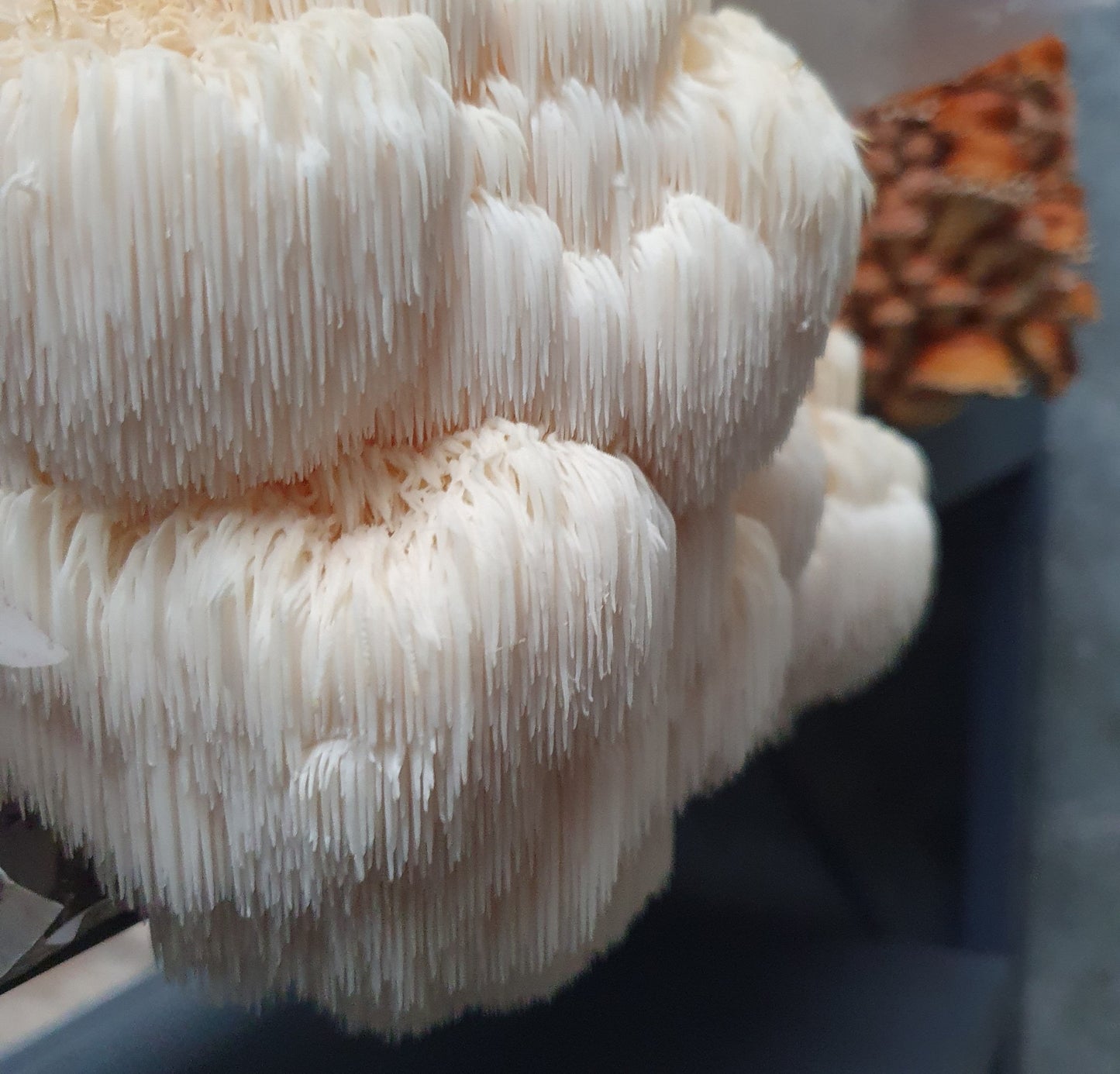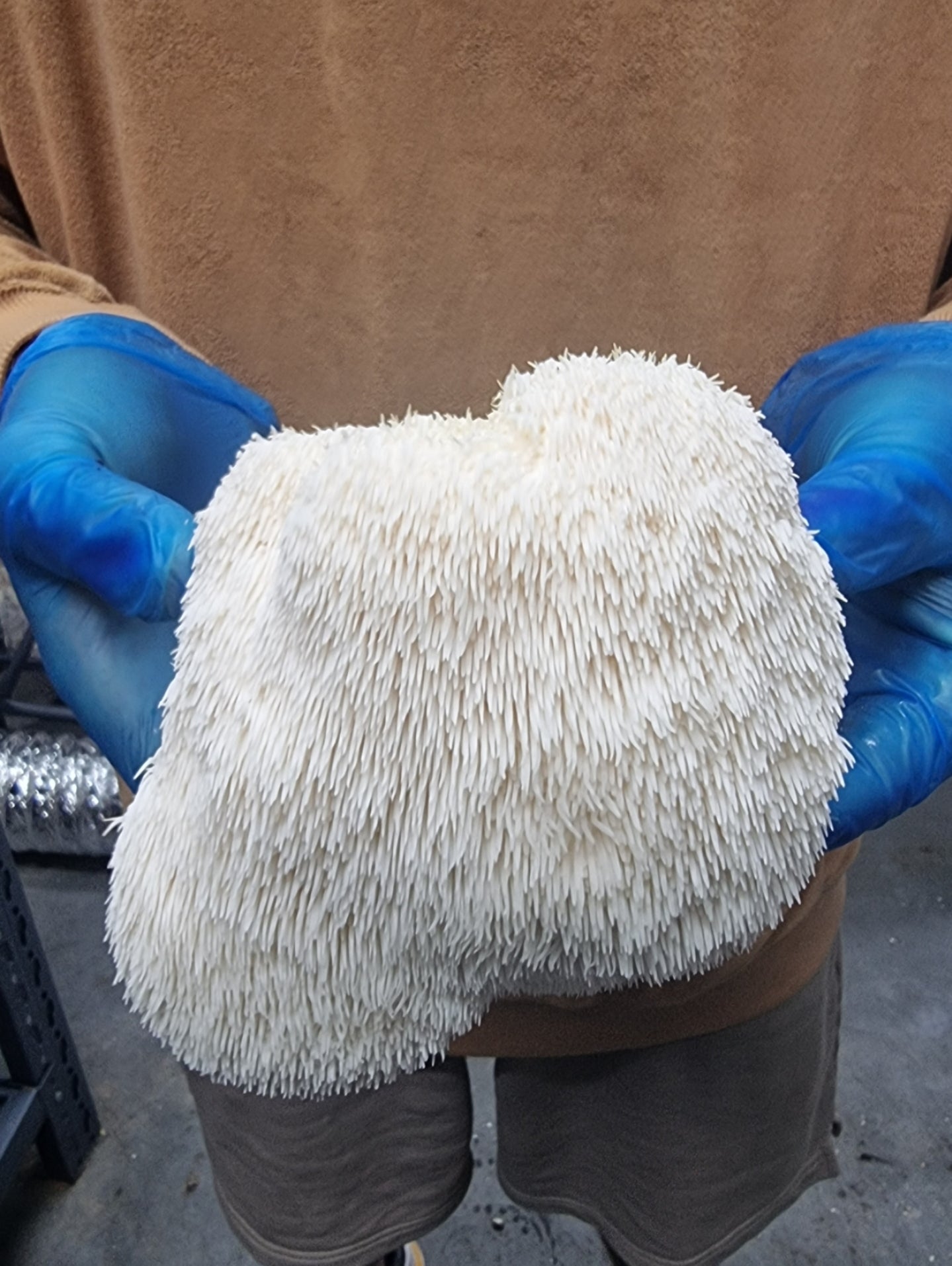Need help growing fresh Shiitake mushrooms at home? You're not alone! Many beginners struggle with contamination and low yields.
But don’t worry—this guide is packed with expert tips and proven methods to help you cultivate Shiitake mushrooms successfully, whether you're using logs or substrates.
Get ready to turn your mushroom-growing frustration into success!
Choosing the Right Cultivation Method
Selecting the appropriate cultivation method is the cornerstone of successfully growing Shiitake mushrooms. The two primary methods are log and sawdust block, each with unique benefits. Log cultivation, the traditional method, involves inoculating hardwood logs, typically oak, with Shiitake spores.
Though requiring patience, this method yields mushrooms with a robust flavour and texture. On the other hand, sawdust block cultivation is faster and more controlled, using blocks of compressed sawdust inoculated with Shiitake spawn. This method is ideal for growers seeking quicker results and consistent yields.
When deciding between the two, consider your available resources and desired outcomes. Log cultivation is more suited to those with outdoor space and the time to wait for harvests, typically 6 to 18 months. Sawdust blocks, however, can be grown indoors and produce mushrooms in just a few months.
Preparing for Log Cultivation

Preparing your logs correctly is critical for a successful Shiitake mushroom harvest.
The first step is selecting the correct type of wood; hardwoods like oak, beech, and chestnut are ideal, as they provide the dense, nutrient-rich environment Shiitake mushrooms need.
Logs should be freshly cut, no more than six weeks old, and around 1 metre long with a diameter of 10 to 15 centimetres. Fresh logs are essential because they retain the moisture needed for the mushrooms to grow.
Next, drill holes into the logs, spaced about 15 centimetres apart in rows, and stagger the rows for optimal distribution of the Shiitake spawn. The holes should be approximately 1.5 centimetres deep and wide enough to fit the dowel spawn. After inserting the spawn, seal the holes with food-grade wax to protect the spawn from contamination and drying out.
Stacking the inoculated logs in a shaded, well-ventilated area will allow them to incubate. Ensure the logs are kept moist but not waterlogged during the incubation period, which typically lasts 6 to 18 months.
Preparing for Substrate

Preparing the substrate is a vital step in growing Shiitake mushrooms using the sawdust block method.
Start by selecting high-quality hardwood sawdust, as this provides the necessary nutrients for optimal mushroom growth. You can enhance the sawdust with additional supplements like wheat bran or soybean hulls to boost nutrient content.
The ideal mixture is around 80% sawdust and 20% supplement, ensuring a balanced and nutrient-rich environment for the Shiitake spawn.
Once the substrate is mixed, it must be sterilised to eliminate any competing fungi or bacteria. This can be done by heating the substrate in a pressure cooker or steam steriliser at 121°C for 1 to 2 hours. Proper sterilisation is crucial, as it prevents contamination, ensuring that the Shiitake spawn will colonise the substrate effectively.
After sterilisation, allow the substrate to cool in a clean environment before inoculating it with Shiitake spawn. The spawn should be evenly distributed throughout the substrate to promote uniform growth.
Finally, the inoculated substrate is transferred into growing bags or containers, sealing them to create a controlled environment that supports the incubation and fruiting stages of Shiitake mushroom cultivation.
Growing and Fruiting

Once your Shiitake logs or substrate blocks have been inoculated and incubated, the next critical stage is growing and fruiting. This phase typically begins for log cultivation after 6 to 18 months, depending on environmental conditions.
During this time, ensure the logs are kept in a shaded, humid environment with good air circulation. A natural trigger for fruiting is a drop in temperature or an increase in moisture, which simulates autumn conditions. Soak the logs in cold water for 24 hours to encourage fruiting and place them upright in a shaded, moist area.
For substrate cultivation, the fruiting phase can begin within a few months. Once the mycelium has fully colonised the substrate, reduce the temperature to around 10-15°C and increase humidity to 85-95%. Providing fresh air exchange is also crucial to prevent carbon dioxide build-up, which can inhibit mushroom formation.
When you see the first signs of mushroom pins, maintain consistent moisture and air circulation to support their growth. Harvest the mushrooms when the caps are fully opened before they curl upwards.
Harvesting Shiitake Mushrooms

Harvesting Shiitake mushrooms at the right time ensures the best flavour and texture. The ideal moment to pick them is when the caps are fully opened before they curl upwards. At this stage, the mushrooms are at their peak, offering a firm texture and rich flavour.
To harvest, gently twist the mushrooms at the base to remove them from the log or substrate without damaging the mycelium. Avoid pulling or cutting too close to the substrate, as this can leave parts of the mushroom behind, which may lead to contamination.
Harvested mushrooms should be immediately stored in a cool, dry place. They can be kept fresh in the refrigerator for up to two weeks or dried for long-term storage.
After the first flush of mushrooms, the logs or substrate can produce multiple harvests over several months. To encourage additional flushes, soak the logs in cold water or mist the substrate to maintain high humidity levels. Regularly monitor your setup for signs of contamination and ensure proper care to maximise the yield from each cultivation cycle.
Common Challenges and Solutions

Even with the best preparation, growing Shiitake mushrooms can present challenges.
One common issue is contamination, usually caused by competing fungi or bacteria. To prevent this, ensure your logs or substrate are adequately sterilised and kept in a clean environment. If contamination occurs, remove the affected area immediately and increase ventilation to reduce humidity, inhibiting unwanted growth.
Another issue is poor mushroom formation, often due to inadequate moisture or improper temperature. Logs should be regularly soaked or misted to maintain the necessary humidity levels. If you're using a substrate, ensure it stays moist but not soggy.
Temperature fluctuations can also affect growth; maintaining a consistent environment between 10-20°C will promote healthy fruiting.
Insufficient light or fresh air can result in slow growth or no fruiting. While Shiitake mushrooms do not require direct sunlight, they do need some light to initiate fruiting. Ensure your growing area has indirect light and proper air circulation to prevent carbon dioxide build-up.
Conclusion
Growing Shiitake mushrooms at home is rewarding, offering fresh produce and a deeper connection to nature. Following these steps, you’ll soon enjoy your own home-grown Shiitake.
Ready to start your cultivation journey? Gather your supplies and begin today—your first harvest is just months away! Visit Xotic Mushrooms to start your journey on growing Shiitake mushrooms.




